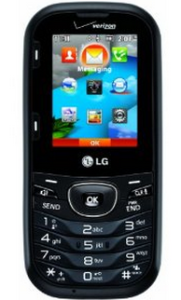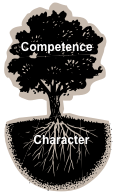(Note: I wrote this back in early 2016 (despite the 2019 date above). Well, in 2017 I ended up migrating to an iPhone. It just became super obvious that the dumbphone was holding me back from providing my team and customers with the support they deserved. The shift was one of necessity to serve better.)
In the high-tech San Francisco area where I live, I'm a freak. You see, I'm one of the few that choose to use a dumbphone instead of a smartphone. A picture of my humble little LG Cosmos flip phone is above. It's decidedly not very cool. It just makes phone calls, texts, and takes horrible 1.3-megapixel photos. And I couldn't be happier.
I've made that choice not because I'm fearful of technology. I've designed and built electric cars. I've produced websites, built awesome spreadsheets, and co-founded a strategic planning company that has built a strategic planning software platform. I'm comfortable with technology.
And, I don’t have anything against smartphones. A while back I tried out both the iPhone and a Droid for a few weeks. They were incredible in the millions of things they could do. But that's just it. I don't need my phone to do a million things. I just need it to make phone calls and send texts. (I use my laptop to send emails and conduct all of my other internet-based business.) So after a few weeks, I returned the amazing smartphones and went back to my dumb phone. I realized that, when compared to the iPhone/Droid, my flip phone helped me to:
Disconnect and keep my life a little simpler.
Maintain better control of my time.
Focus on those around me rather than get distracted by the cool apps on the phone.
Basically, the smartphones weren't the best fit for me. It turns out that I'm not alone in my perspective. Check out these articles that convey similar sentiments:
So, that's my phone story. I share it with you with the intention to help you think a little bit about your phone choices. Whatever type of phone you use, I hope it is meeting your needs. If you're like me, sometimes I get sucked into the cool gadgets before I realize what's going on. Perhaps this article will help you pause for a moment and consider your options. You know, I'll probably have to get a smartphone at some point. Or at least a smarter phone than the one I have now. But in the meantime, I'm happy being a freak.







